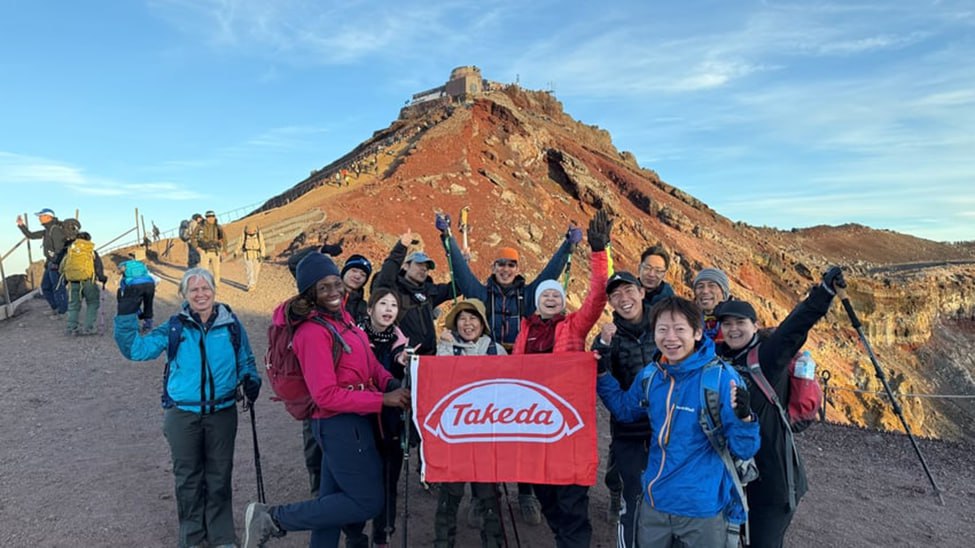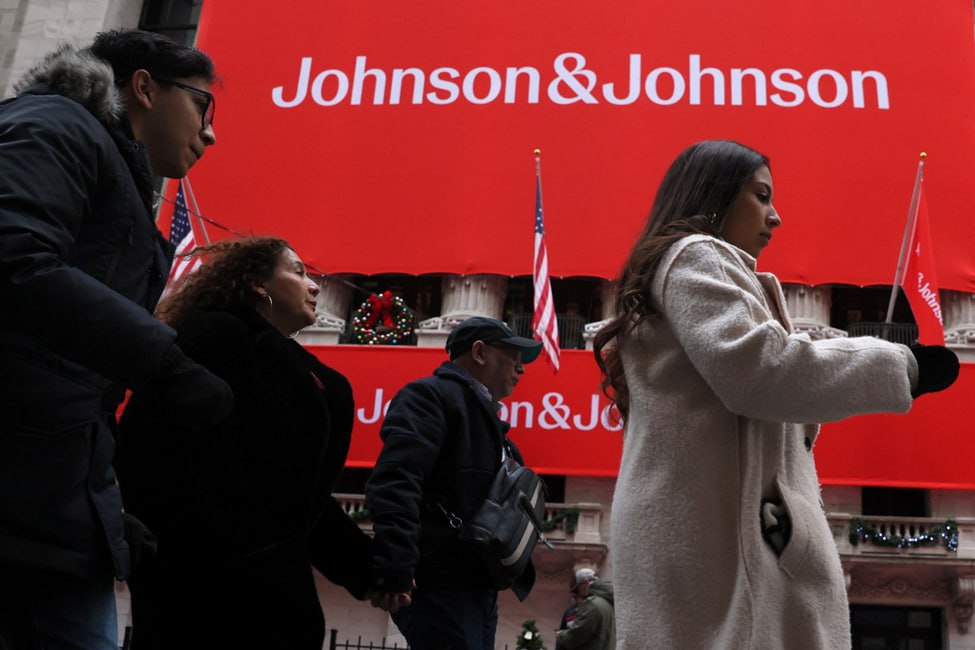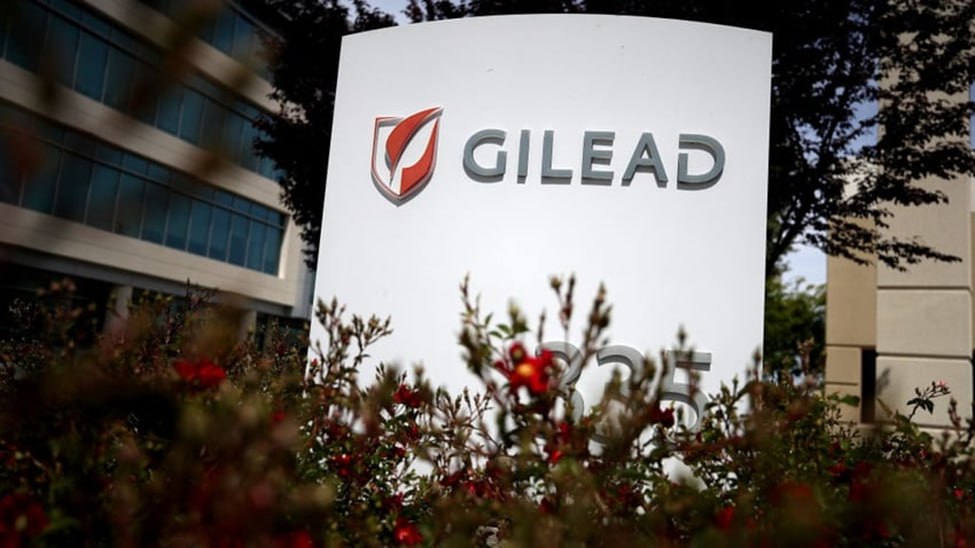After reaching the summit in a yearslong mission of introducing Takeda’s plasma-derived therapies (PDTs) to the market in its home country of Japan, Takeda team members started mapping out their next uphill climb—literally.
In late August, several Takeda employees from around the world successfully climbed Mount Fuji, a challenge that was meant not only to represent and celebrate the recent rollout of several of the company’s PDTs in Japan but also to raise awareness of PDTs and the need for the plasma donations that make them possible, according to Chi Onyebuchi, Ph.D., global program lead for PDT R&D at Takeda.
Onyebuchi helped organize the initiative and was among the 13 Takeda colleagues who made the trek. She told Fierce Pharma Marketing in an interview that climbing the 12,388-foot volcano was “one of the most meaningful experiences that I’ve been part of” in her eight years with the drugmaker, not least because of the “wonderful” way the hikers supported each other throughout the entire process, from early preparations and training to the moment they reached the summit as one group.
“It was, for me, really a rewarding experience,” Onyebuchi said, framing the difficult hike against the backdrop of the experiences of patients who can be treated with PDTs—such as those with chronic inflammatory demyelinating polyneuropathy (CIDP), Guillain-Barré syndrome (GBS) and multifocal motor neuropathy—who “go through a lot more challenging events” on a regular basis.
“This was just a short way of us recognizing the challenges that they face in their disease and the resilience that they have to show to be able to overcome the challenges,” she said.
The PDT awareness boost was needed primarily because manufacturing the treatments relies on human plasma donations. According to Takeda, one year of a single patient’s PDT regimen requires hundreds of plasma donations, and hundreds of thousands of people are currently treated with PDTs, but only a handful of countries around the world provide the global plasma supply, 70% of which comes from the U.S.
“That makes it particularly difficult, because there’s a finite amount of plasma that we have, and there’s a growing need for plasma-derived therapies,” Onyebuchi said. “We have better disease awareness, meaning that we have better diagnosis, which means that we have greater demand for plasma-derived therapies.”
The climb, then, was aimed at raising awareness both of the therapies and of the donations needed to deliver them—“because, again, these are lifesaving and life-sustaining therapies for patients,” she said, adding, “That, for me, is key and why the work that many of us do in plasma-derived therapies is very meaningful.”
Takeda established the PDT unit in 2019 after closing its $58 billion Shire acquisition. Since then, the company has racked up more than 200 PDT approvals spanning 81 countries, including, in the last two years, five nods across four therapies in Japan. Takeda has already rolled out three of those PDTs in the country, with the fourth launch expected sometime this year.






